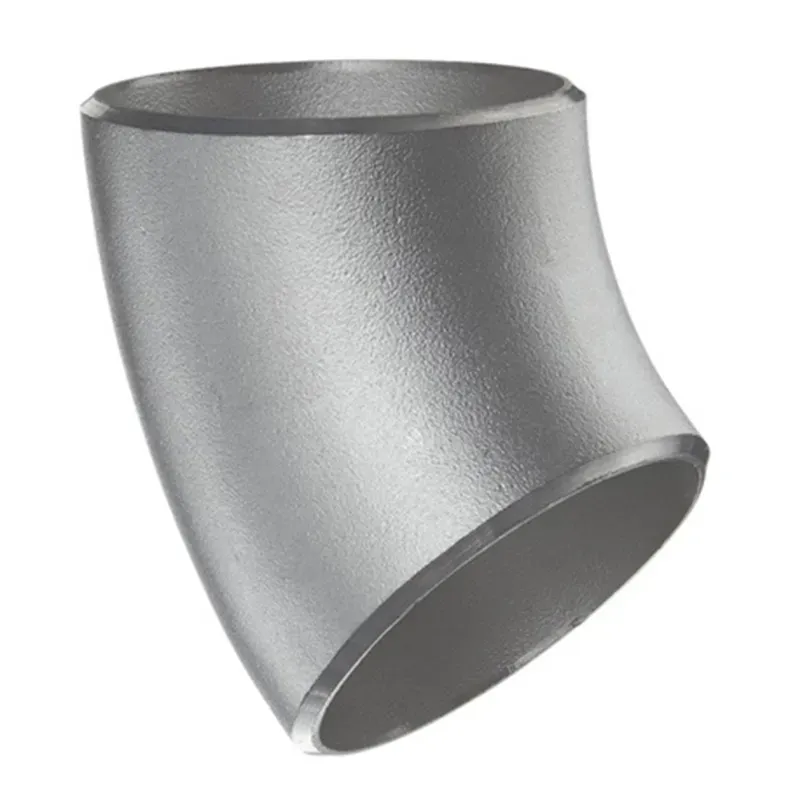-
Cangzhou Yulong Steel Co., Ltd.
-
Phone:
+86 13303177267 -
Email:
admin@ylsteelfittings.com
- English
- Arabic
- Italian
- Spanish
- Portuguese
- German
- kazakh
- Persian
- Greek
- French
- Russian
- Polish
- Thai
- Indonesian
- Vietnamese
- Zulu
- Korean
- Uzbek
- Hindi
- Serbian
- Malay
- Ukrainian
- Gujarati
- Haitian Creole
- hausa
- hawaiian
- Hebrew
- Miao
- Hungarian
- Icelandic
- igbo
- irish
- Japanese
- Javanese
- Kannada
- Khmer
- Rwandese
- Afrikaans
- Albanian
- Amharic
- Armenian
- Azerbaijani
- Basque
- Belarusian
- Bengali
- Bosnian
- Bulgarian
- Catalan
- Cebuano
- China
- China (Taiwan)
- Corsican
- Croatian
- Czech
- Danish
- Esperanto
- Estonian
- Finnish
- Frisian
- Galician
- Georgian
- Kurdish
- Kyrgyz
- Lao
- Latin
- Latvian
- Lithuanian
- Luxembourgish
- Macedonian
- Malgashi
- Malayalam
- Maltese
- Maori
- Marathi
- Mongolian
- Myanmar
- Nepali
- Norwegian
- Norwegian
- Occitan
- Pashto
- Dutch
- Punjabi
- Romanian
- Samoan
- Scottish Gaelic
- Sesotho
- Shona
- Sindhi
- Sinhala
- Slovak
- Slovenian
- Somali
- Sundanese
- Swahili
- Swedish
- Tagalog
- Tajik
- Tamil
- Tatar
- Telugu
- Turkish
- Turkmen
- Urdu
- Uighur
- Welsh
- Bantu
- Yiddish
- Yoruba

Aug . 11, 2024 17:06 Back to list
Understanding the Applications and Standards of ASTM SA106 Carbon Steel Pipes in Industry
Understanding ASTM A106 A Key Standard for Carbon Steel Pipes
ASTM A106 is a widely recognized standard that specifies the requirements for seamless carbon steel pipes for high-temperature and high-pressure service. This specification is essential for industries that require dependable pipeline infrastructure, particularly in sectors such as oil and gas, power generation, and chemical processing. The standard not only outlines the chemical composition and mechanical properties of the pipes but also provides guidelines for manufacturing processes and testing methods.
.
One of the key aspects of ASTM A106 is the emphasis on material conformity and quality assurance. Pipes manufactured under this standard are subjected to rigorous testing protocols, including hydrostatic tests, to ensure they can withstand the specified pressures without leaking. Additionally, each pipe must adhere to the specified chemical makeup, which includes limits on elements like carbon, manganese, phosphorus, and sulfur. This chemical composition influences the material's performance characteristics, such as strength, ductility, and corrosion resistance.
astm sa106

The manufacturing process for ASTM A106 pipes is equally critical. Pipes are typically produced through processes such as hot rolling or cold drawing. The hot-rolled pipes are made by heating steel to a temperature high enough to allow for deformation; this method results in a finer grain structure, which improves strength. Cold-drawn pipes, on the other hand, are manufactured at room temperature and are known for their tighter tolerances and improved surface finish.
Another vital component of ASTM A106 is its commitment to safety and reliability. In industries dealing with high pressures and temperatures, the integrity of the piping system is non-negotiable. The specification requires that all pipes be free from defects that could hinder performance or pose safety risks. Through inspections and non-destructive testing methods, such as ultrasonic or radiographic testing, manufacturers can ensure that the pipes meet or exceed the stringent requirements set forth by the standard.
In addition to the technical specifications, ASTM A106 offers guidance on the appropriate application and limitations of its products. For instance, while the standard allows for high-temperature service, it also highlights that these pipes may not be suitable for certain corrosive environments unless additional protective measures are taken. This aspect of the standard ensures that engineers and designers can make informed decisions when selecting materials for their specific applications.
In conclusion, ASTM A106 is a foundational standard that plays a critical role in the manufacturing of carbon steel pipes used in high-temperature and high-pressure applications. By adhering to the stringent requirements for chemical composition, mechanical properties, and testing, manufacturers can ensure the safety, reliability, and efficiency of their piping systems. As industries continue to evolve and demand more robust materials, understanding and utilizing ASTM A106 remains essential for engineers and professionals in the field.
Latest news
-
ANSI 150P SS304 SO FLANGE
NewsFeb.14,2025
-
ASTM A333GR6 STEEL PIPE
NewsJan.20,2025
-
ANSI B16.5 WELDING NECK FLANGE
NewsJan.15,2026
-
ANSI B16.5 SLIP-ON FLANGE
NewsApr.19,2024
-
SABS 1123 FLANGE
NewsJan.15,2025
-
DIN86044 PLATE FLANGE
NewsApr.19,2024
-
DIN2527 BLIND FLANGE
NewsApr.12,2024
-
JIS B2311 Butt-Welding Fittings LR/SR 45°/90° /180°Seamless/Weld
NewsApr.23,2024











